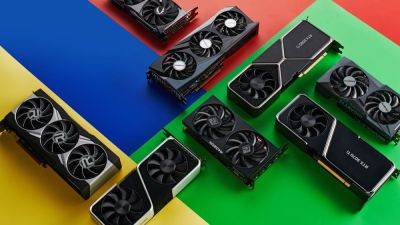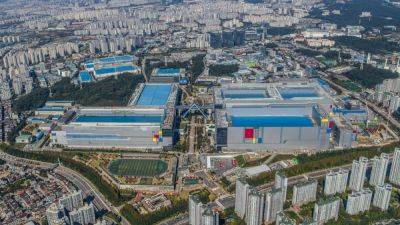GPU leaker is claiming RDNA 4 engineering samples are boosting between 3 and 3.3GHz. Remember when AMD said that about RNDA 3?
Another week, another new GPU rumour! Travelling through the hallways of the web is a claim that AMD's forthcoming RDNA 4 graphics chips will potentially be running at a clock level much higher than we've seen before from Team Red. Specifically, the claims suggest the higher-end version of the next-gen GPUs can boost up to 3.3GHz, a full 20% more than any RDNA 3 chip on the market.
Who's making this claim? Moore's Law is Dead, of course, and since the leaker doesn't have a flawless record when it comes to making accurate predictions (or 'leaks', if you prefer), then it's important to not read too much into any of this. On the other hand, it still makes for a good discussion point as to what AMD can do with its next series of Radeon graphics cards to make them stand out even more from the crowd.
Let's examine the claim in question, namely that RDNA 4 discrete GPU engineering samples are boosting between 3.0 and 3.3GHz. That's a big jump up from the likes of the Radeon RX 7600 XT, which has a boost clock of just 2.755GHz. One of the significant reasons for this increase is the much-stated claim that AMD will be using TSMC's N4P process node for all its GPU fabrication duties.
That's already being used to make chips such as the Ryzen 7 8700G, a monolithic (single die) processor. It has a Radeon 780M GPU inside it and at least one overclocker has managed to squeeze 3.1GHz out of that design, 200MHz more than the stock 2.9GHz value. However, that also required increasing the amount of power the GPU consumes, from the standard 50W up to 83W, and even as high as 153W to get the best graphics performance.
The Radeon 780M is a tiny GPU, though, with just 12 Compute Units or 768 shaders. The Radeon RX 7600 XT sports 2048 shaders and it's one of the smallest GPUs that AMD currently makes.
So while it's possible to get a small RNDA 3 graphics chip, built on a 4nm process node, to run over 3GHz, it's another thing entirely to get a larger processor to do the same. And the chip







